Pre-Reading :ambition, pulpit, triumvirate, fickle
Act I: construe, cogitations, accoutered, entreat, fain, mettle, prodigies, portentous
Act II: augmented, visage, affability, ingrafted, augurers (augur), appertain, emulation
Shakespeare/Julius Caesar-related Questions
(1) Shakespearean Characters: Puck, Hamlet, Yorick
(2) Terms: anachronism, define, give example
(3) First triumvirate
Act I
(4) Why are Marullus and Flavius angry in Act I, Scene i?
(5) What is happening as Caesar enters the play? What has just happened?
(6) How does Caesar react to the Soothsayer’s warning to “Beware the Ides of March”?
(7) What 2 stories does Cassius tell that characterize Caesar as weak?
(8) How will Cassius get Brutus to join the conspiracy?
(9) Cassius says:
Men at some time are masters of their fates:
The fault, dear Brutus, is not in our stars,
But in ourselves that we are underlings.
What does Cassius mean? Paraphrase these lines.
(10) What is the difference between how Cassius feels about Caesar and how Brutus feels about Caesar?
(11) Why does Cassius want Brutus to join the conspiracy?
(12) What do the violent storm and other unnatural events suggest/symbolize/foreshadow?
(13) What wondrous things has Casca seen on this night?
(14) What reason does Cassius give for the terrible storm?
(15) What will the Senate do the next day?
(16) Why does Casca want Brutus to join their cause?
Act II
(17) Who is Brutus talking about in his soliloquy at the beginning of Act II?
(18) Even though they are friends, why doesn’t Brutus want Caesar to become king?
(19) Why does Brutus compare Caesar to a serpent’s egg? What’s the point? What is he saying about Caesar?
(20) Why does Metellus Cimber think Cicero should join the conspiracy?
(21) Why is Brutus against Cicero joining them?
(22) Why is Brutus against killing Mark Antony?
(23) What does Brutus tell Portia when she asks him what is wrong?
(24) Why does Portia deserve to know what is wrong with Brutus?
(25) Why does Caesar first decide to stay home instead of go to the Senate?
(26) Describe Calpurnia’s dream
(27) Who dies “many times before their death”?
(28) Calpurnia says, “When beggars die, there are no comets seen; The heavens themselves blaze for the death of princes.” What does she mean? Paraphrase.
(29) Why does Caesar finally decide to go to the Senate meeting?
(30) When he arrives to take Caesar to the Senate, how is Decius characterized? What kind of person is he?
(31) What does Artemidorus try to do?
Watch this video for clarification of events that occur in Act I and II.



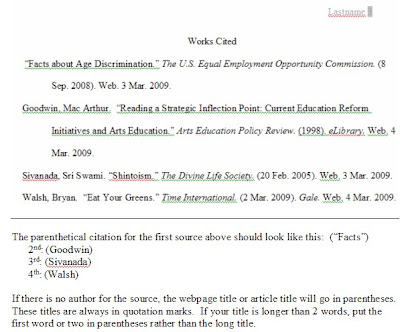
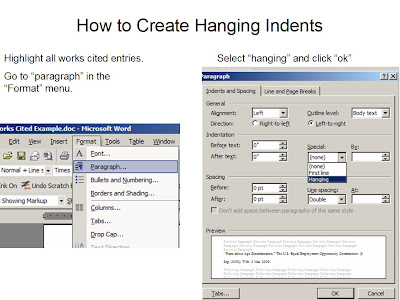

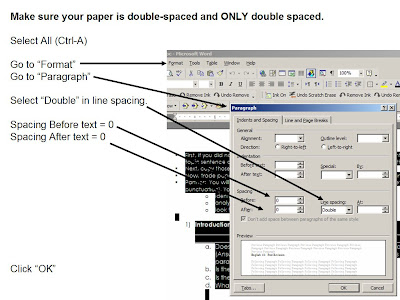
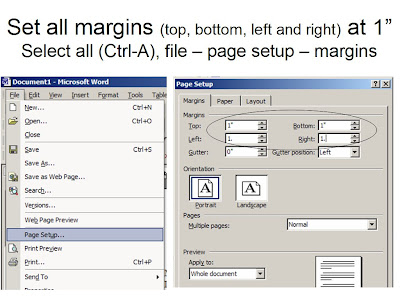
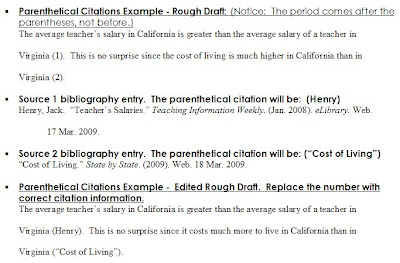



.bmp)